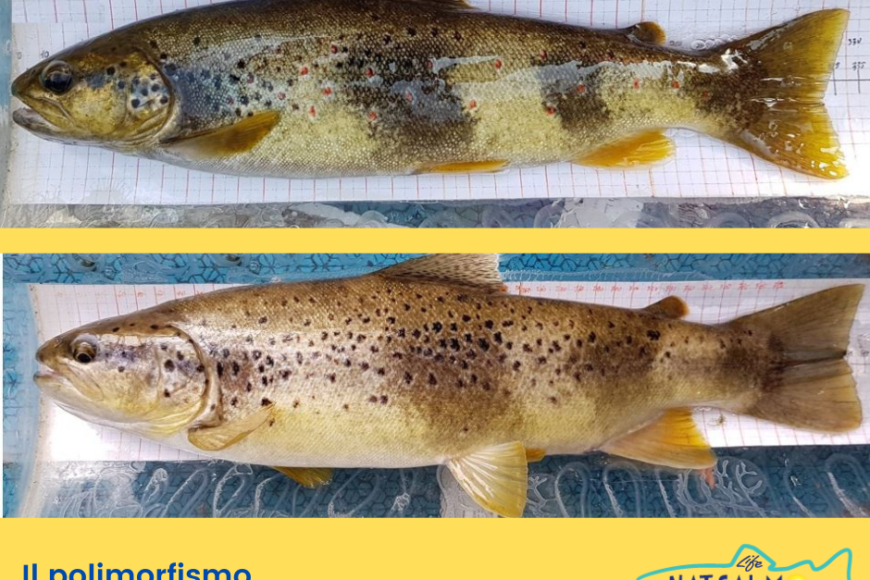The genetic code transmitted by DNA is made up of the combination of building blocks, the nucleotides, which are of only four types (A, T, C, G). Replacing even one of these bricks in the sequence can lead to dramatic results, such as a different color, a gene malfunction, the acquisition of a new characteristic or be seemingly irrelevant.
Our LIFE Nat.Sal.Mo project uses different approaches for genetic analyses, one of which digs deeper into the genome of each individual: it is the SNPs array method or “Single Nucleotide Polymorphisms” which identifies those variations of the gene involving a single brick. Once thousands of SNPs have been identified and analyzed, we are faced with an enormous amount of information that must be carefully processed and understood. And these elaborations are an authentic journey into the genome of the species, as well as being able to be used to discover which variants are linked to a certain character.
In our project, we exploit these latest generation technologies to identify the level of hybridization of the native Molise trout, having identified more than 900 informative SNPs. Furthermore, this study allows us to understand the differences between the populations in the various stations studied, the causes of their isolation (the inability to come into contact and reproduce) and their exchanges, factors of fundamental importance in those river complexes where migrations reproduction and movements play a decisive role in the maintenance of natural populations.
Even in a context of climate change, where river ecosystems were the first to suffer serious consequences, the study of SNPs could lead to a better understanding of the mechanisms that can favor the resilience of species and the ability of native trout to resist over time to increasingly extreme natural events.
In short, as often happens, digging ever deeper into the invisible world can provide us with answers in understanding the phenomena we are witnessing with our own eyes.



